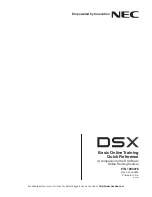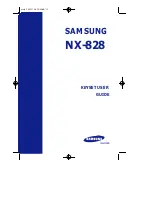
16
Environment and Safety
Safety information
The DECT 111 is not designed for making emergency calls when the power fails. An
alternative should be made available for making emergency calls.
Conformity
We, Philips, declare that the DECT 111 is in compliance with ANNEX III of the R&TTE-
Directive 1999/5/EC and then with the following essential requirements :
Article 3.1 a : (protection of the health & the safety of the user)
EN 60950-1 (2001)
Article 3.1 b : (protection requirements with respect to electromagnetic compatibility)
ETSI EN 301 489-6 VI.2.1 (08/2002) & ETSI EN 301 489-1 V1.4.1 (08/2002)
Article 3.2 : (effective use of the radio spectrum)
EN 301 406 (2003)
The presumption of conformity with the essential requirements regarding Council Directive
1999/5/EC is ensured.
Date : 08/07/2004
Quality Manager
Home communication
The product can only be connected to the analogue telephone network in the UK & Ireland.
Power requirements
The product requires an electrical supply of 220-240V, alternating monophased current,
excluding IT installations defined in standard EN 60-950.
WARNING
The electrical network is classified as dangerous according to criteria in the standard EN
60-950.The only way to power down the product is to unplug the power supply from
the electrical outlet. Ensure the electrical outlet is located close to the apparatus and is
always easily accessible.
Telephone connections
The voltage on the network is classified as TNV-3 (Telecommunications Network
Voltages) as defined in the standard EN 60-950.
Safety precautions
Do not allow the handset to come into contact with liquids. Do not open the handset
or the base station.This could expose you to high voltages. Do not allow the charging
contacts or the battery to come into contact with conductive materials.
Environmental care
Please remember to observe the local regulations regarding the disposal of your
packaging materials, exhausted batteries and old phones and where possible promote
their recycling.
DECT111 UK master.qxd 10/08/04 09:07 Page 16


































